Food Folk Tales: Woutou
Author & Photographer: Isabella Sun
If you have ever visited the small villages of Northern China, chances are that you’ve seen these little, golden buns with a peculiar nest-like shape. Woutou, or Chinese cornbread, is a type of steamed bread commonly eaten as a staple food alongside other dishes. Its hollow cone shape is what gave rise to its strange name, which literally translates to “nest thing.” Like many other staple foods across various cultures, it is designed to be eaten during times of hardship and poverty. Its main ingredient is coarsely grinded flour, specifically cornmeal. Peasants in ancient China were unable to finely meal their flour and had to consume food that was filling and cheap to make. Woutou thus became a perfect choice for farmers to eat after a tedious day’s labor.
Originally, Woutou was a dish that was only consumed by the poor. Yet, as time went by, it gradually gained its popularity among the aristocratic class of ancient China. Legend has it that Woutou’s transformation from a “peasant dish” to a regional delicacy was spawned by a key figure: Empress Dowager Cixi of the late Qing Dynasty. After the Eight Nation Alliance invaded China in the Battle of Peking, the empress was forced to flee from her palace. During her long and tedious flight, she and her group gradually ran out of food. Just as Empress Cixi was struggling on an empty stomach, she noticed an old farmer on the side of the road who was indulging in some golden pieces of bread. Out of curiosity and hunger, Empress Cixi asked the farmer to try the interestingly shaped steamed bread. The farmer agreed, and upon biting into the Woutou, Cixi was surprised by the rich flavor and texture of the bread. After returning to her palace, she immediately called for her imperial cooks to make her this dish. The cooks heeded her command, but instead of the coarse whole grain flour used by the peasants, they were able to use refined corn flour to make the Woutou. They also made each individual Woutou smaller and taller in shape, giving them a more aesthetic and elevated presentation. This type of Woutou, also known as Xiao Woutou or small Woutou, remained as a delicacy on the menu of the imperial kitchen.
Woutou is extremely easy to make and only calls for a few ingredients. Its peculiar shape makes it a unique side dish that tastes amazing with any filling or dish you pair it with. You can fill its hollow interior with some traditional Chinese minced pork. As you bite into the Woutou, you will be able to enjoy the fragrant bread and the savory filling all at once.
Recipe
Ingredients¾ cup cornmeal
¾ cup AP flour
¼ cup soybean flour*
4 tbsp cold water
⅓ cup hot water
1 tsp yeast
3 tbsp sugar
½ tsp salt
*Note: In this recipe, I included soybean flour to add a special fragrance to the steamed buns. This also allowed the finished product to have a golden brown complexion rather than its traditional yellow color. You can replace the soybean flour with equal parts cornmeal if you don’t have it at home or want to go for a more traditional color.
Instructions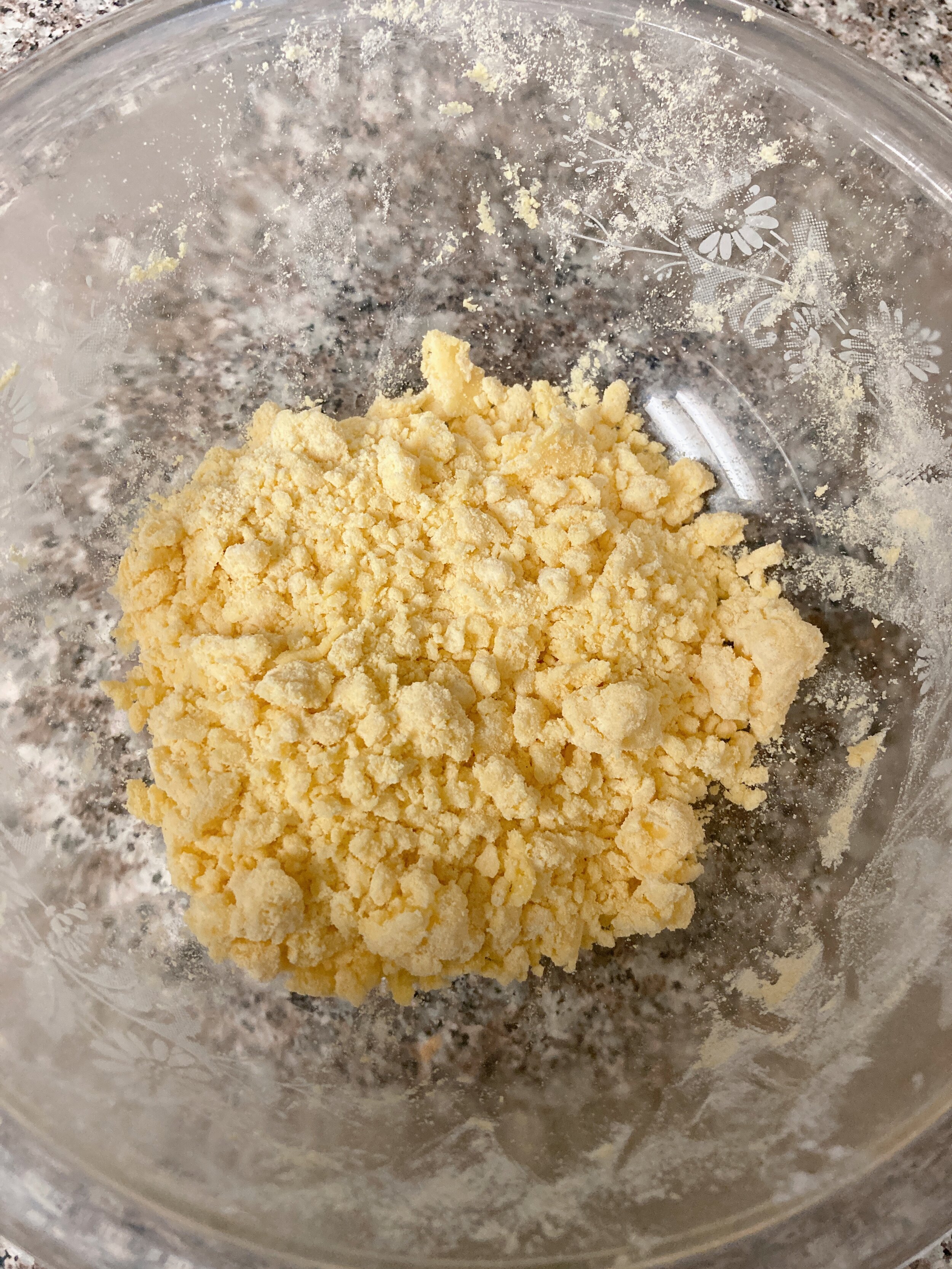

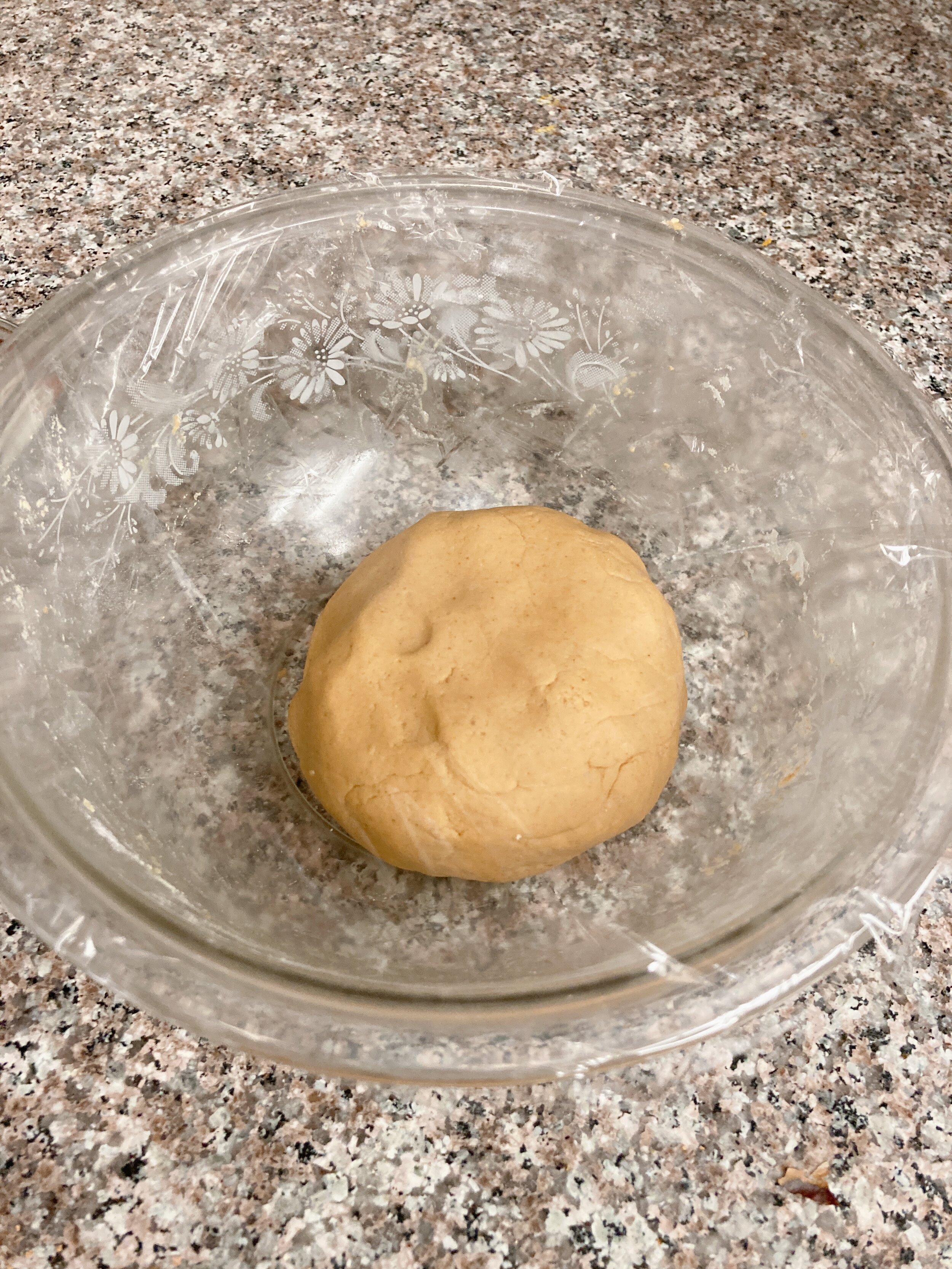
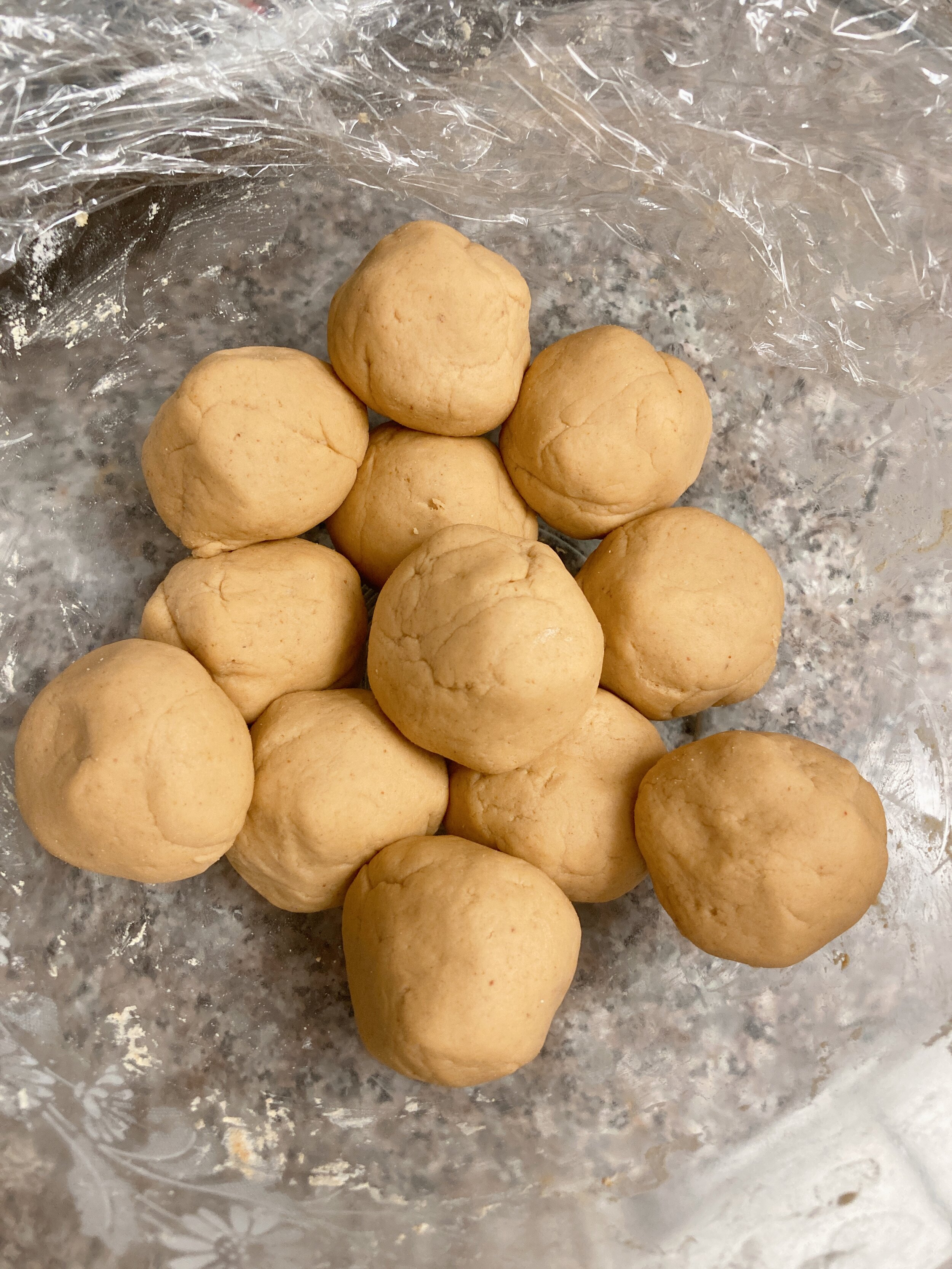

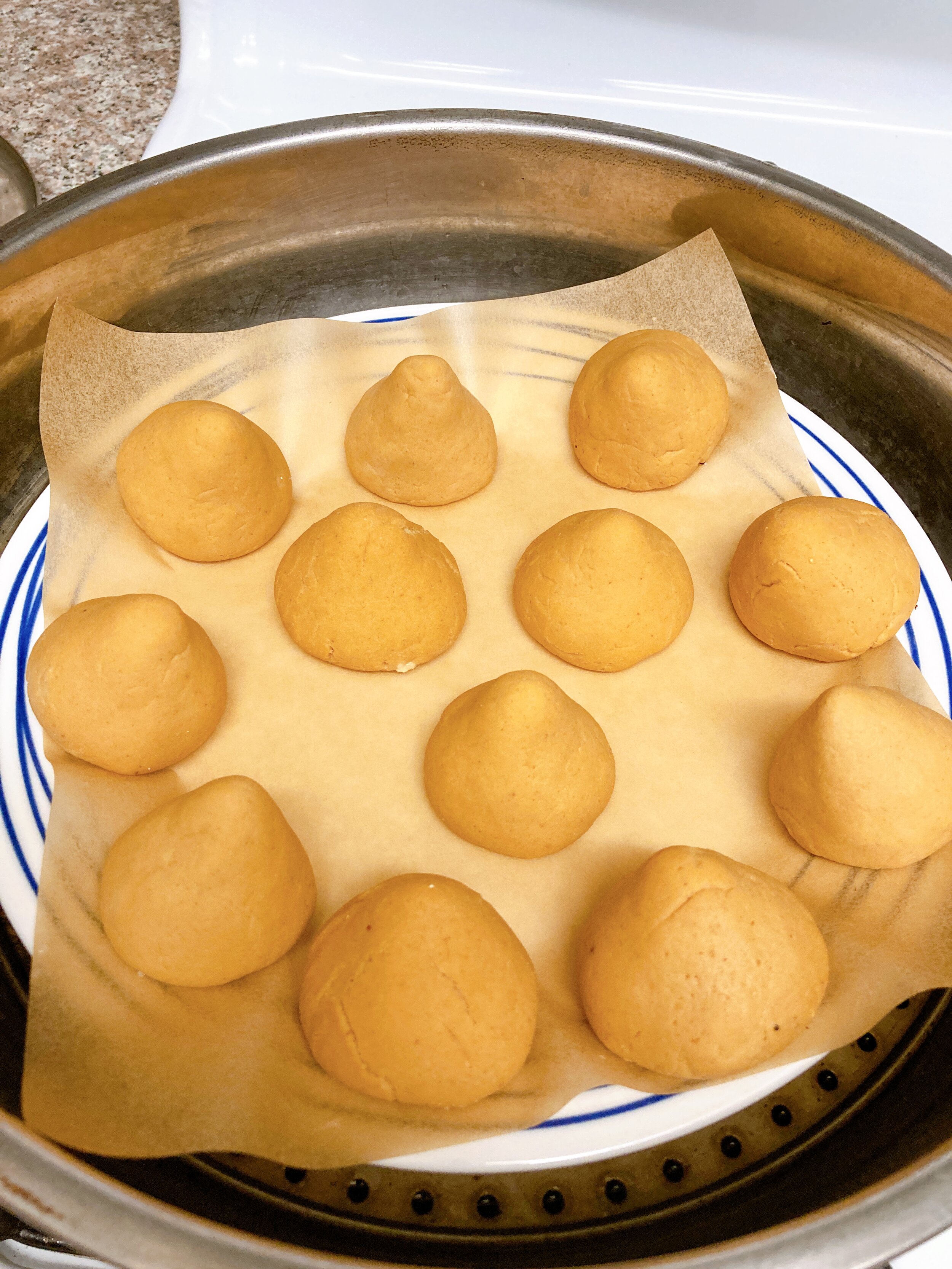
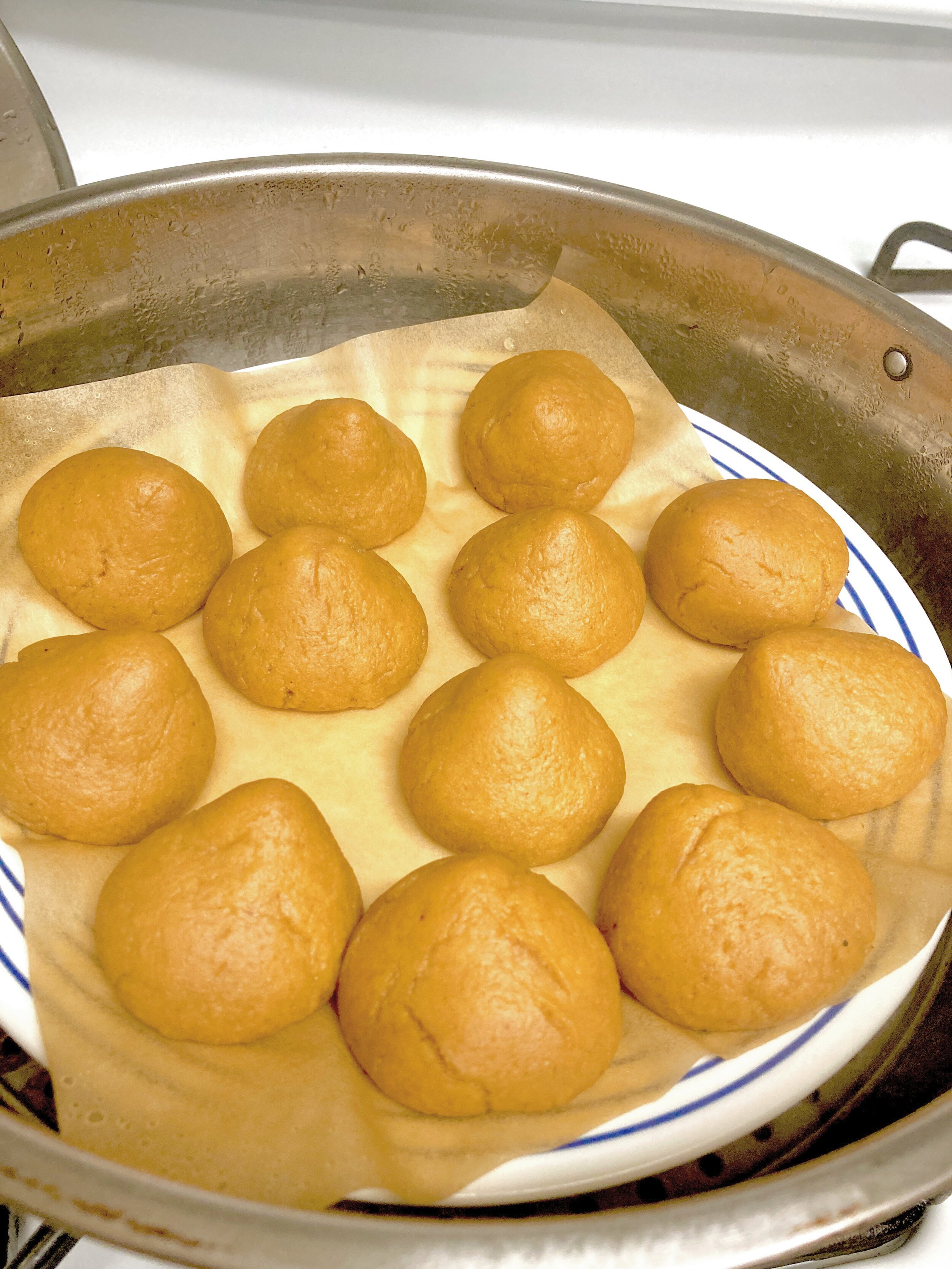
Warm up 2 tbsp of cold water until and sprinkle yeast on top. Let yeast bloom for 2 minutes, then mix until well-combined.
Add ⅓ cup of hot water to cornmeal. Mix until small lumps form, then let rest until the mixture cools down.
Add all purpose flour, soybean flour, sugar, and the yeast water into the cornmeal mixture. Mix until well-combined, then knead into a smooth dough. Cover and let rise until doubled in size, around 2 hours.
Separate the dough into 12 balls of roughly equal size.
Take one dough ball. Use your thumb to make a hole in the bottom of the ball, then spin it around your thumb until it forms into a cone shape.
Place the shaped dough into a steamer. Cover and let rise for another 30 minutes.
Steam the Woutou on high heat for 10 minutes.


